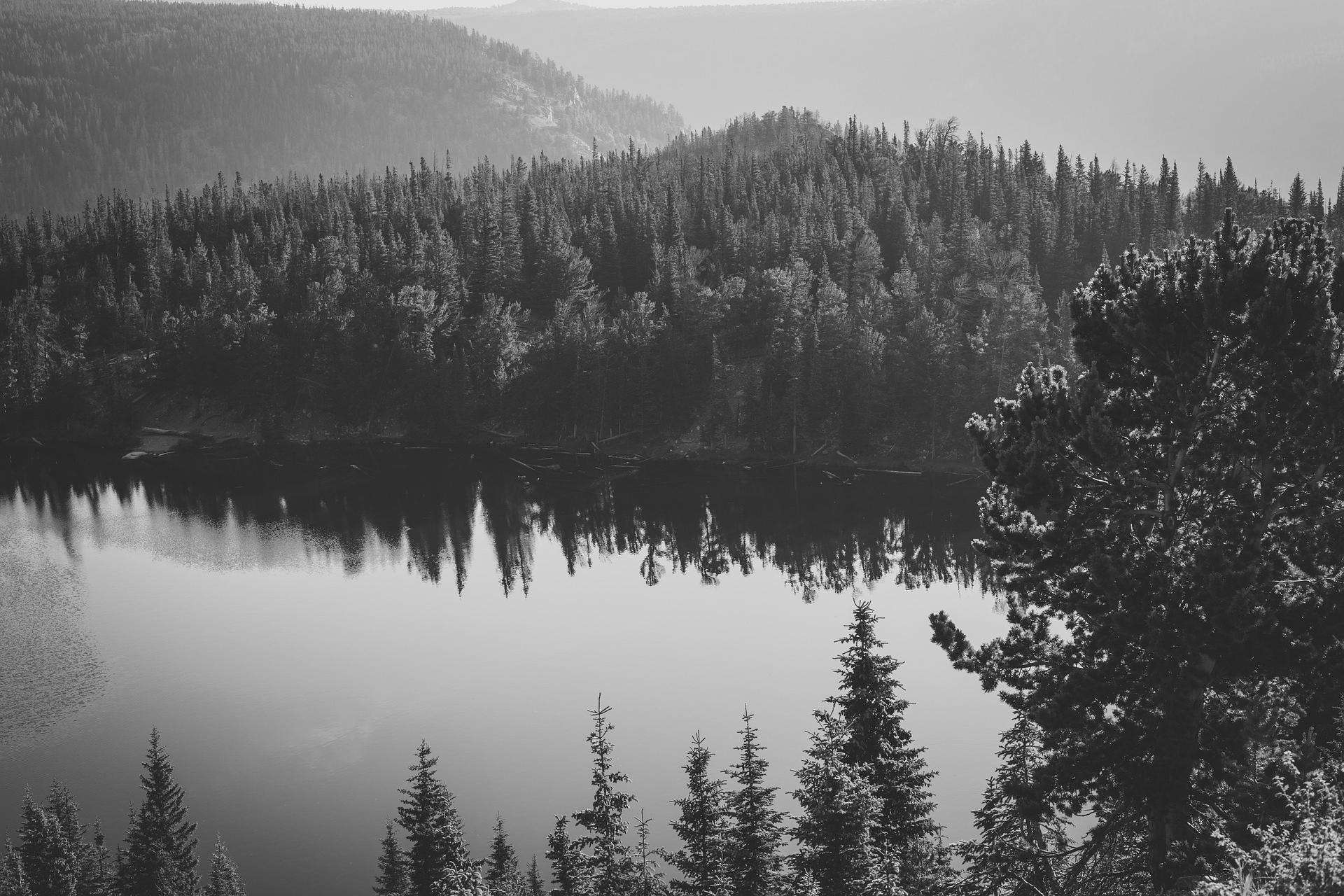Homework 1: Defining Media Architecture, What Goes To Making It, And Why I Want To Do It
(A) My own definition of media architecture (in a way that makes sense to you).
Before going over my own definition of media architecture, I feel like it is best to give context to said definition by going over my own definitions of media and architecture respectively.
To start, my definition of media is that it is a medium in which communicates the ideas or contents a person may want to present without them actually communicating with speech. Media nowadays is presented in a digital format but can appear in non-digital, physical forms such as posters.
Following that, my definition of architecture is that it is the entire process of planning, designing, and constructing any structures. This includes buildings people use to live or work in, but also includes works of art or culture such as statues or other such physical constructs.
With these two definitions as well as viewing the information provided from Session 1 of the class, my definition of media architecture is that it is the construction of digital media that is installed into physical structures in order to create a visual experience, idea or content normally not seen on these physical structures. The idea is to make art that combines the two to create something unique.
(B) A list of technologies and techniques in which media architecture can be made possible.
Given that media architecture can come in many different forms, there are also many different technologies and techniques that can be used to make them. Here are all the techniques and their respective technologies I have found while reading through the “Media Architecture Design” Notion site:
From “Media Facades”:
Commnication Skin – Lighting Tubes
Projection Mapping – Video Projectors
Illusionary Practices – Anamorphic Illusions/Anamorphosis or Distorted/3D Projections
From “Fluid Interiors”:
Surrealscapes – 2D, #d, animation, Video, Photography, Sound and Coding
Responsiveness – Hardware such as movement sensors and other computer input devices, Software such as TouchDesigner, Unity, Notch, and MaxMSP
Immersive Space – Video Screens
Data-Actuated – Databases, APIs, Open Data, Cloud Applications, Machine LEarning Algorithms
From “Public Installations”:
Playful Interactions – Video Screens, Zoetropes, Music Boxes, Railway Handcar,
Immersive Landscapes – Video Screens, Projectors
Transitional – Rotating Panels, LED screen, Kinetic Facade
Collectivity – Web Applications
Sustainable Structures – Humidity Swing Technology, ETFE Panels
Data-Driven – Machine Learning
Screen-Based – Video Screens
From “Light Art & Design”:
Light as Space – Holography, Mirrors, Lights, Semi Circular Screen, Artificial Mist, Aluminum Frames
Sculptures – LED Lights
Compositional – Structure Data, Holographic technology, Screens
Kinetic – DEEP WEB, Lights, Sounds
From “Media Design Basics”:
Adobe Illustrator, Photoshop, Premiere, After Effects Sketch, Corel Draw
From “Display Technologies”:
LEDs, OLED, LCD, Projectors, Interactive Displays, MicroLED, LED System
(C) My motivations in creating media architectures (why do you want to do that, what is the benefit of this?).
Before joining the class, I had originally joined with the thought that media architecture would be the process making architecture using a variety of media technologies. I am interested in architecture due to my father working in real estate. However, I was quite wrong in that regard. Despite this, after viewing the contents in Session 1 of the class, I am quite intrigued about the possibles of media architecture. I hope to learn more about it in order to create works of art that me and other people can be memorized by. I also believe that it would provide very valuable skills in creating arts that enhance the visuals of interior designs, as I am also interested in interior design.
